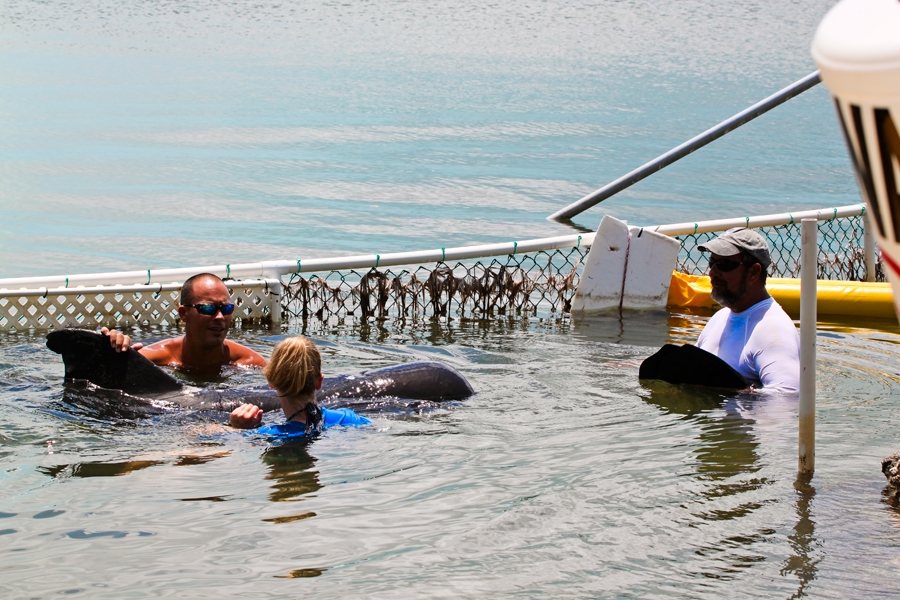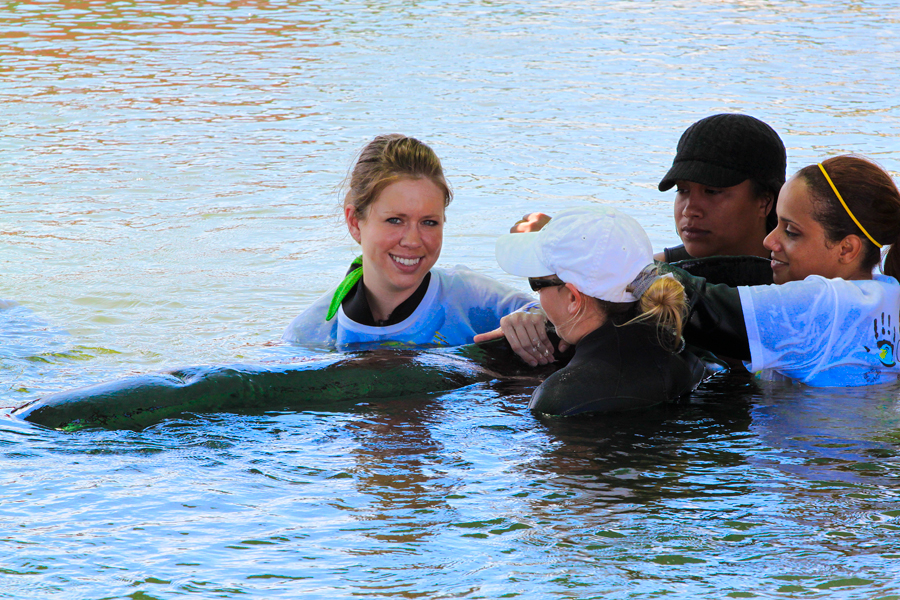
26 Sep Volunteering with the Pilot Whale Rescue Efforts in Key Largo, FL
In May of 2011, there was a mass stranding of 23 pilot whales in the Florida Keys; they were found beached near Cudjoe Key, which is located around 20 miles north of Key West. The Marine Mammal Conservancy Organization (MMC) rushed to help and located 8 pilot whales that were still living–unfortunately, one of the 8 was euthanized, due to its suffering condition and for humane reasons. Two of the whales were able to be released right away, while the remaining five whales were taken to Key Largo for rehabilitation efforts led by Marine Mammal Conservancy (MMC). Despite everyone’s best efforts, throughout the next couple months, three of the five whales continued to suffer and had to be euthanized. The two surviving whales are now living at Sea World in Orlando as they were deemed unfit to survive in the wild.
Volunteering to help save the whales was an amazing experience, and I’m so glad we were able to offer our assistance in the rehabilitation effort. By the time we heard about the stranding and had a chance to visit, there was only one whale left at MMC. The whale, who some of the volunteer staff affectionately called Caroline, but was officially named “300”, couldn’t stay afloat because she developed pneumonia. Because of her condition, she needed to be held up at all times, 24 hours a day; if she did not have assistance staying afloat, her blowhole would be submerged in the water and she would drown. Anytime you work with other mammals in this type of setting, there is a risk for the transfer of illness–it wasn’t something I was particularly concerned about, but it is a risk one should keep in mind.
MMC provided volunteers with wetsuits; if you were given a wetsuit with a zipper in the front, you had to wear a t-shirt over the wetsuit so the zipper wouldn’t scratch the whale–that’s why I look super cool in my little get-up. Volunteers were asked to sign up for 4 hour time slots, and each group was given a short training/introduction session before anyone could enter the water. We were advised that we needed to stay the entire 4 hours–apparently, some people had shown up just to get their picture taken with a whale and then they would leave. Understandably, this did not sit well with the staff as they wanted volunteers who actually cared about helping for the sake of the whales. Micah and I made the trip down to Key Largo with a couple of friends, and we ended up staying for almost 8 hours. We assisted with helping in the water, answering phones and checking in other volunteers at the desk.
After our training, we were allowed to enter the volunteer area near the water–there was also a viewing area for non-volunteers who wanted to catch a glimpse of the whales. Three to four people were needed to hold up the whale at all times, ideally, two on each side. Only one person at a time was allowed to enter the water in order to relieve one of the other volunteers. When entering the water, you had to hold your hands across your chest and walk slow so the whale did not mistake your fingers for food, and it also helped the whale get accustomed to your presence. Once you made it to your assigned position next to the whale, the staff would show you where to place your hands on the whale and reminded you what and what not to do.
Micah and I both ended up in the position on the front right side of the whale–this meant we had to hold the whale with one hand under the pectoral fin and the other on the back dorsal fin. Holding up a whale seems impossible, but obviously everything is lighter in the water and we didn’t literally have to hold her up, it was more applying a light pressure and a slight lift up every time she took a breath. This prevented water from getting into her blow-hole because with each breath she would dip down into the water. Caroline had a slight lean to the right, so being in the front right position, we also had the responsibility of keeping her tilted upright. The staff usually put the tallest person in the group of 4 in the front right position, it surprised me that I ended up there because I’m not that tall at all–it was a little challenging for me and my wimpy arms to keep her in an upright position, but it did give me a good workout.
Caroline needed help to gain strength for swimming, and was also undergoing therapy for a spine curvature. For there to be a chance for her to be released into the wild, she needed to be able to swim normally and a curved spine would hinder her swimming and hunting abilities. I was able to be in the water while they were doing physical therapy. Basically, this required us to try and keep her in place while the therapists and MMC staff worked on stretching out the curvature in her spine–let me tell you, it was not an easy task to keep a whale in one spot when there is pressure coming from the opposite direction. Our friend had to get in the water behind me and the girl next to me to help hold us in place, just so we could hold Caroline still.
Every so often the volunteer in the front left position had to count the whales heartbeat when her vitals were being checked–I think this would have been a unique task to take part in. It was amazing to watch Caroline when someone entered the water with a bucket of fish, or when one of the staff volunteers entered the water; she would get happy and, to me, it felt as though she was jumping up and down with excitement. It was encouraging to see some emotion from her and it made me happy to see the lengths so many people were willing to go to help keep her alive. For more information, watch the video on the MMC website here.
All of the volunteers at MMC were so great–they worked around the clock to care for the whales. Not only did they have to train new volunteers, look after the desk and maintain the grounds and supplies, they had to do it 24 hours a day for months on end. I wish we would have had more opportunities to spend more time helping out. A big THANK YOU to everyone who gave their time to contribute to this effort–I appreciate that there are so many people who are willing to help make the earth and the creatures that live in it a better place.
Do you volunteer while traveling? If so, what types of volunteer work have you done? Is voluntourism on your travel wish list?








